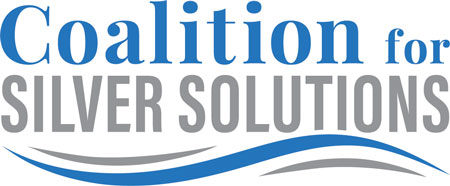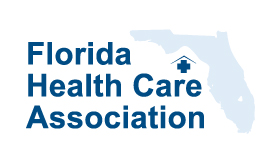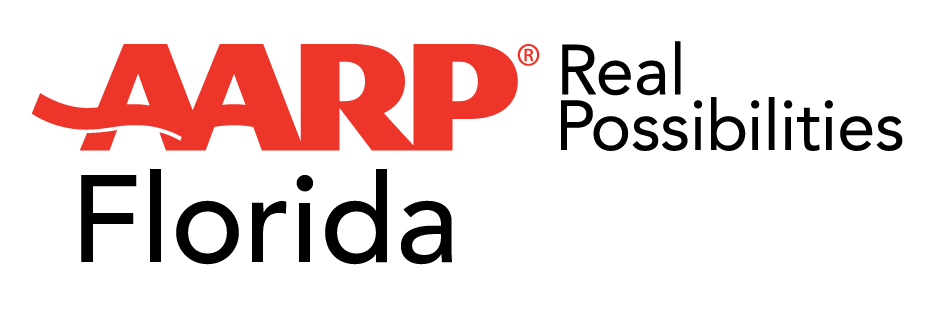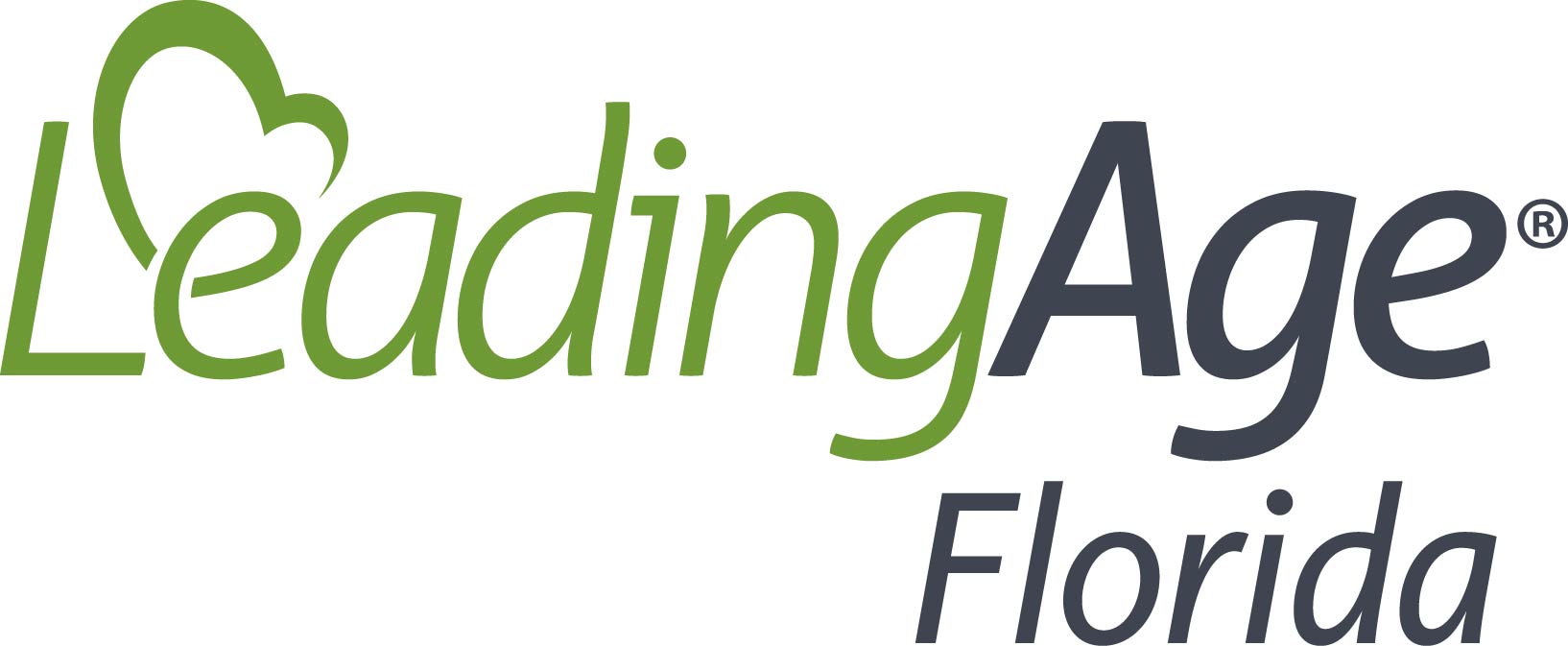Advocacy
Coalition for Silver Solutions
The Coalition for Silver Solutions is an initiative of AARP, Florida Health Care Association, LeadingAge Florida and 1199SEIU working together to develop short- and long-term strategies for meeting the long-term health care needs of Florida’s aging population in 2020 and beyond.
In Florida, it is vitally important that we develop and reinforce a system with a quality continuum of care for aging Floridians. This must include resources to deal with the inevitable growth of the elder population, including access to geriatric specialists, home-based assistance, rehabilitation services, assisted living and skilled nursing centers (often referred to as nursing homes), hospice care and community-wide supports. The Coalition for Silver Solutions is committed to advocating this year for sufficient funding for both home-based and long-term care, while also working to formulate long-term strategies that will guide Florida as it deals with the unique and increasing challenges of the state’s large and growing population of seniors.
Florida’s Silver Wave Approaching
Seniors will constitute the majority of Florida’s predicted population growth between now and 2030, and this boom means Florida will encounter elder issues in a way the state – already a longtime haven for retirees – has never seen before.Persons age 65 and older currently make up about 20 percent of Florida’s population. By 2030, more than one in four Floridians will be part of this age group. Florida adds a quarter-million additional residents each year through 2030, and the majority of these new residents – 57 percent of them – will be age 60 and older.
Between 2015 and 2050, the age 85+ population is projected to more than triple, which has significant implications. This age group is the most likely to need long-term services and support to help with everyday tasks such as bathing, dressing, eating, transferring, and toileting. Members of this age group not only have higher rates of disability than younger people, but they are also more likely to live alone, without a spouse or other family member to provide them with assistance.
Add to that the increasing rate in the number of people living with Alzheimer’s disease and related dementias. In Florida alone, an estimated 480,000 older adults live with Alzheimer’s today, and this figure is expected to increase to 720,000 in the next 11 years. Alzheimer’s disease is the number one most costly condition to Medicare and Medicaid budgets, more costly to the nation than heart disease or cancer.
Challenges Ahead
The rise of two-career families/caregiver stress
- In just a single decade from 1996 to 2006, the number of dual-income American families grew by 31 percent. By 2012, three in five American families with children had two working parents. This greatly impacts a family’s interest and ability to care for aging parents in the home setting.
- While Florida has about 73,000 residents living in nursing centers and about 92,000 beds in assisted living facilities, the state has 2.67 million family caregivers providing care to frail or ailing loved ones or friends. Many families are dedicated to caring for their loved ones in their homes and communities – even though this can be a heavy responsibility.
- Family caregivers spend 24 hours per week on average providing direct care to their loved one. About one-fifth of family caregivers have left their jobs to care for a loved one, and another one-fifth have cut back to part-time work to allow time for caregiving
- Family caregivers not only provide care in the setting their loved one prefers, they help reduce the impact on public resources. When a family caregiver can no longer provide care, the result is often that the loved one must receive care in an institutional setting, often at the expense of Medicaid or other publicly funded services. Home- and community-based services also are less expensive than institutional care, usually costing one-third to one-fifth as much.
- In 2015, AARP estimated that Florida family caregivers provided the equivalent of $29.7 billion worth of uncompensated care. Nationally, family caregivers provided about $450 billion worth of care – roughly equivalent to the annual revenue of Wal-Mart.
Reimbursement rates for long-term care are insufficient to cover costs
- Almost 44,000 frail elders and people with disabilities rely on Medicaid to cover the cost of their skilled nursing care-that’s 60% of individuals residing in Florida’s nursing centers. Medicaid underfunds nursing center care by over $12 per patient per day ($297,000 per center annually), making it difficult for centers to maintain the resources needed to deliver the quality care resi-dents deserve.
- Additionally, Florida has been falling behind on funding home- and community-based services in recent years. In 2013, the state had a waiting list of nearly 50,000 for state- and Medicaid-funded home- and community-based services. The most current waiting list, from February 2019, is 71,650, an increase of nearly half. A 2017 AARP Long-Term Services and Supports Scorecard listed Florida as 49th among the 50 states and the District of Columbia in providing support to family caregivers.
Nursing shortage
- One in seven Florida nurses works in a skilled nursing or hospice facility, yet skilled nursing centers experience a 62.4 percent turnover rate in direct care registered nurses – the highest rate among six categories measured. The most difficult positions to fill will be those requiring RNs with experience and/or advanced education in caring for an increasingly elderly population.
- Especially in a stronger economy, many workers move to other industries that offer better job quality – whether higher wages, more stable hours, safer working conditions, opportunities for advancements or other advantages.
- Conservative estimates of turnover across the long-term care sector range from 45 to 66 percent. One in four nursing assistants and one in five home health aides report they are actively looking for another job.
- The population of people age 65 will nearly double between now and 2050 – from 47.8 million to 88 million – and 70 percent of them will require some form of long-term care. Because of this surge, the Bureau of Labor Statistics estimates that there will be a need for an additional 1.1 million paid caregivers to care for this population.
- The primary labor pool for the long-term care workforce – women, ages 25 to 64 – will grow by only 1.9 million, or less than 1 percent during that same timeframe.
The need for specialized staff to meet residents’ higher acuity care needs
- Nursing centers are admitting more short-term patients than ever before. More focused, individualized rehabilitation is also being provided after heart attacks, strokes, fractures, and major surgeries.
- Hospitals are discharging patients more quickly, at a higher level of medical need. More long-term care residents are requiring continuous ventilation support, dialysis due to diabetes or kidney failure, or IVs to meet their nutritional needs.
- Nationwide by 2030, about 3.5 million additional elder care professionals will be required to meet the care needs of aging Americans. Based on current elder care trends, the gap between this need and the anticipated workforce is growing, not shrinking.
Quality Improvements on the Rise
For those residents who need skilled nursing care, Florida nursing centers have become nationally noted for their outstanding quality and high standards. Highlights of Florida's quality improvements are below.
- In 2018, Florida implemented the Medicaid Prospective Payment System, which ties nursing center reimbursement to quality of care. Centers are rewarded for achieving quality goals aimed at improving staffing and other measures focused on better health outcomes for residents.
- From 2014 to 2018, Florida jumped from 16th in the nation into the top ten in overall quality, currently earning its ranking as 7th best in the four national indicators used by the federal Centers for Medicare and Medicaid Services to assess states’ overall quality care performance.
- More Florida nursing centers are now earning a Centers for Medicare and Medicaid Services (CMS) four- or five-star rating, and centers have improved in seven out of eight CMS Quality Measures.
- Florida now ranks number one in nurse staffing levels among the top ten largest states and has the seventh highest level of training hours, with Florida Certified Nursing Assistants completing 120 training hours versus the national median of 90.









